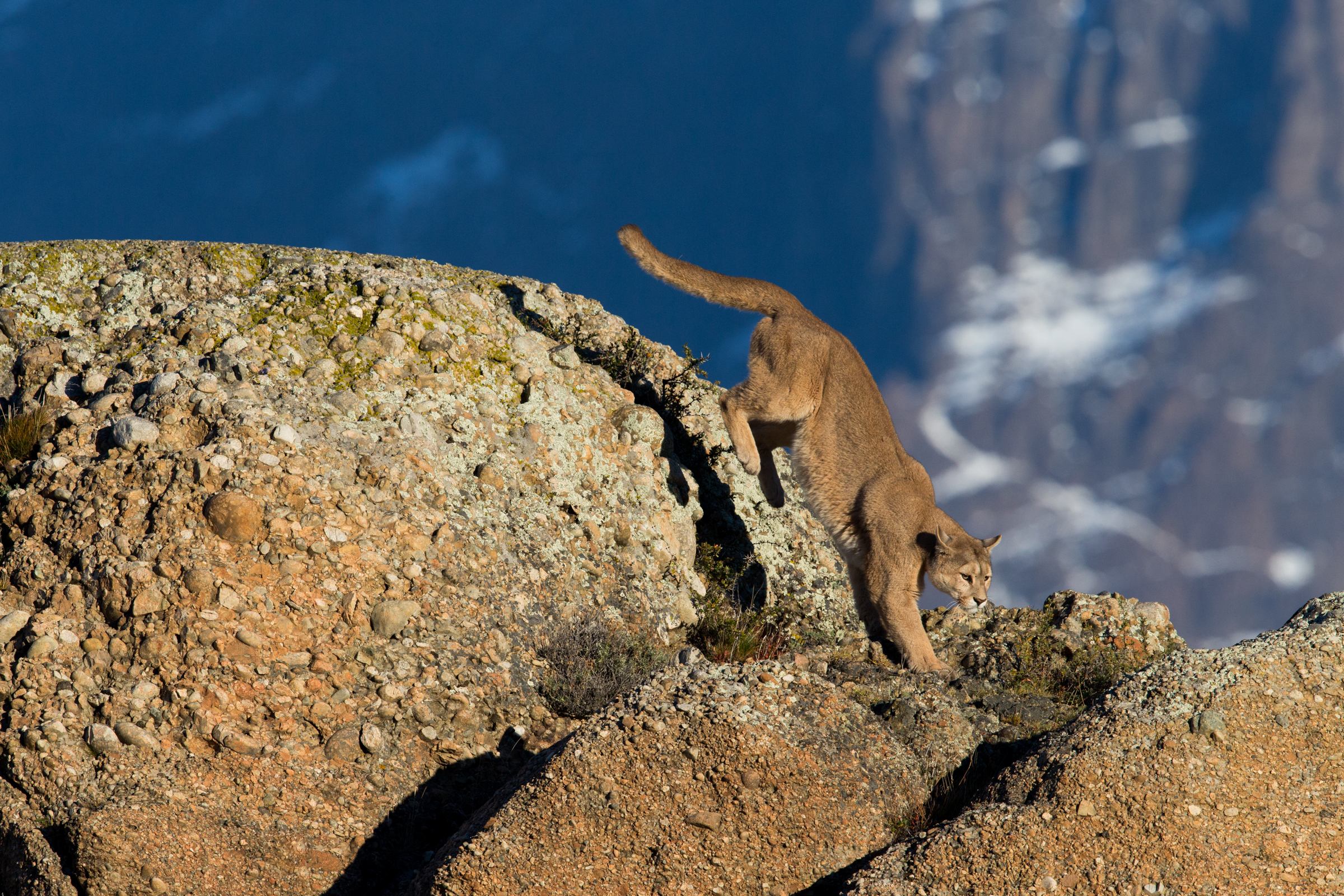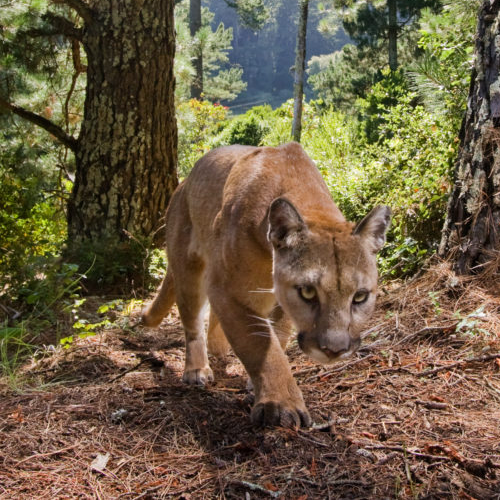The mission of the Mountain Lion Foundation is to ensure that America’s lion survives and flourishes in the wild.
Our Vision
The Mountain Lion Foundation envisions a world where lions and people coexist, where sustainability includes the persistence of the human ecosystem in harmony with viable wildlife communities, and where wildlands are nurtured and not subdued.
America’s lion is a marvel of adaptation, descending from Asian felids of 11 million years ago. For millennia, Puma concolor inhabited forests, deserts, mountains, islands and bottomlands of the New World’s two massive continents. Our vision is that the ecological miscues of the Anthropocene Age abate, allowing restoration of lions throughout these diverse habitats.
Our vision requires humans to respect and trust, not fear, lions in proximity.
We live in a time of climate stress, a fearsome pace of extinctions and a planetary crisis. If humankind can reverse the lion’s decline, there is hope.
Our Cornerstones
America’s Lion – Mountain lions are a keystone species indispensable to ecological communities. Although development has compromised lions’ range throughout the Americas, given protection, including restoration of habitat, lions will thrive.
Communication – The Mountain Lion Foundation strives for consensus that lions deserve protection. We ensure the continued existence of lions and the wild places on which they rely by securing their protection through education, outreach, and advocacy.
Science – The Mountain Lion Foundation formulates conservation policy and programs to benefit lions and lion habitat while maintaining an independent and mutually beneficial relationship with the research and scientific communities.
Corridors – Lions require corridors to move about their territories and for their young to disperse. Because development has fragmented lion habitat, we support protecting critical habitat, corridors and freeway crossings for lions and other wildlife.
Coexistence – We promote effective preventative measures to resolve perceived human-lion conflicts. We urge the public and relevant agencies to fully appreciate lions as a vital and indispensable apex species deserving preservation rather than exploitation.



